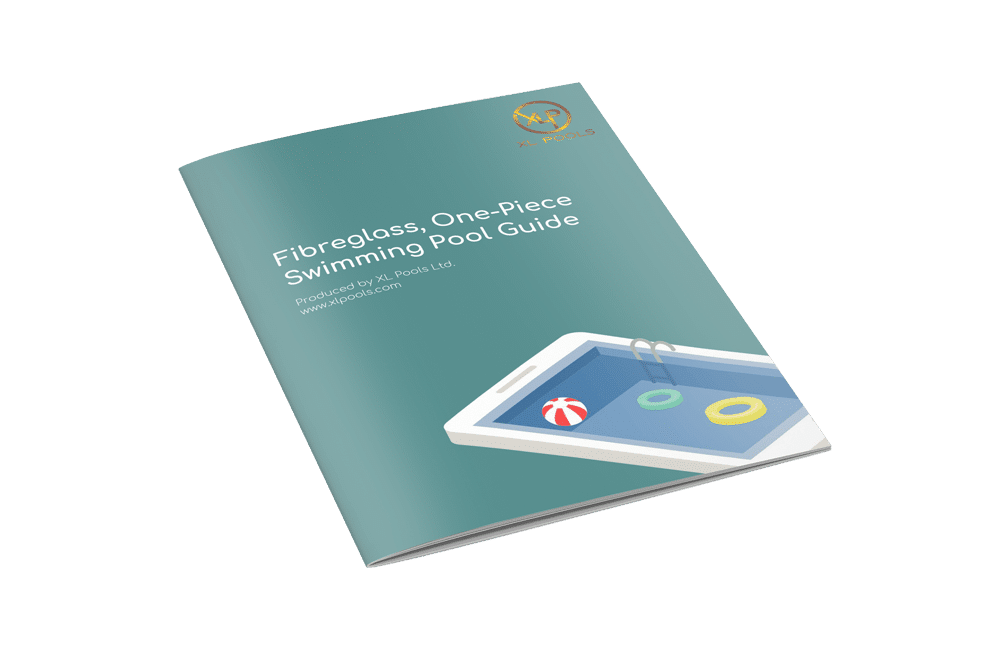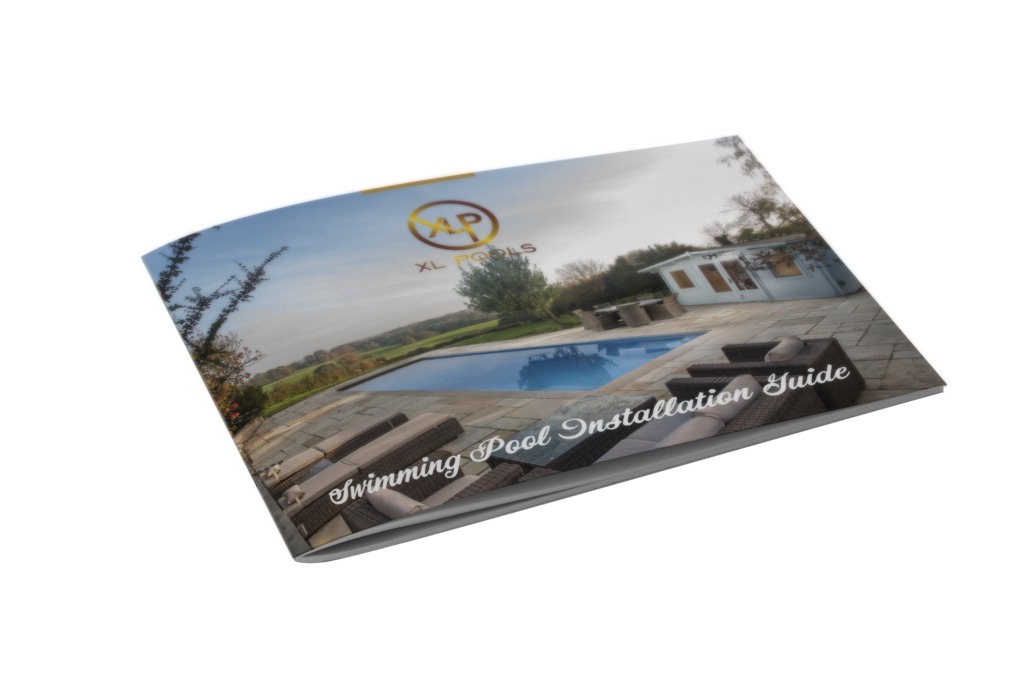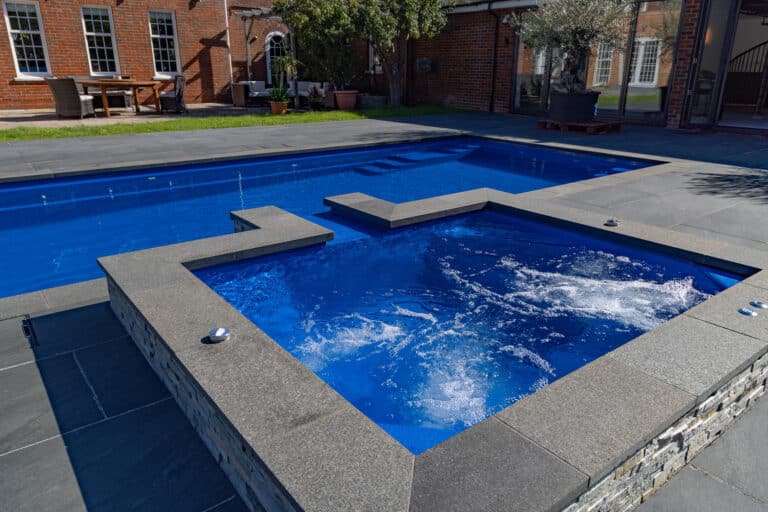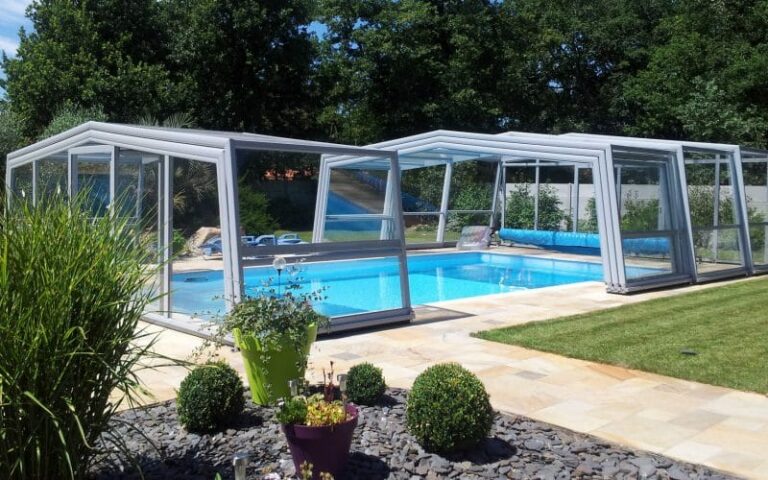Swimming pools are great for all kinds of activities. The kids can play in the pool during the summer months and you can swim laps to keep fit and burn some extra calories after a heavy weekend of drinking beer and eating barbecue. But as fantastic as an outdoor pool can be, come the winter it becomes fairly redundant unless you are lucky enough to live somewhere near the equator and the temperature rarely dips below 20 degrees Celsius. So would you be better off investing in an indoor pool, or is it possible to have the best of both worlds?
The Advantages of an Outdoor Pool
Outdoor swimming pools can be used all year round if they are heated. However, the cost of heating an outdoor pool is likely to work out very expensive during the colder months. You also need to take into consideration the fact that your pool will need extra protection from the elements if you intend on leaving it full of water when the weather turns nasty – a strong protective cover is essential unless you plan on swimming through a morass of leaves and twigs every day.
The Benefits of an Indoor Pool
Indoor pools can be used during the winter and are perfect for serious swimmers who need to train all year round. The main disadvantage of an indoor pool is that they are normally more expensive because of the extra building work required to house the pool. If you intend on building your new indoor pool in an extension off the main house, or even in the basement, then expect to pay a lot of money. The other disadvantage of an indoor pool is that they are less attractive when the weather is hot and sunny outdoors. After all, who wants to be swimming indoors when you could be cooling off in the water outside instead?
A Cheap Conversion from Outdoor to Indoor
If money is in short supply, but you would like to be able to swim all through the winter without succumbing to frostbite, a quick and easy way to protect your outdoor pool from the elements is to Install a swimming pool enclosure. Pool enclosures are usually made from a glass or poly-carbonate material with an aluminium frame. Assuming your pool is heated, once it is securely enclosed beneath a the enclosure, it will be warm enough to swim in even on the coldest of days. You will need to keep a cover on the pool itself when it is not in use, though, or condensation will become a problem.
If you have an existing outdoor pool and would like to maximise your use of it, consider starting a swimming pool renovation project to install a telescopic enclosure. This will allow you to keep the pool sheltered when the colder and wetter months draw in but also to open it up when the weather permits.
Always remember, any major structural alterations or renovations to a swimming pool may need building permissions and/or the services of an engineer or architect. Don’t be tempted to carry out major work unless you are suitably qualified or frostbite in winter could be the least of your worries.
For further information on the costs of building a swimming pool have a look at our resources section. Click here to find out more.







